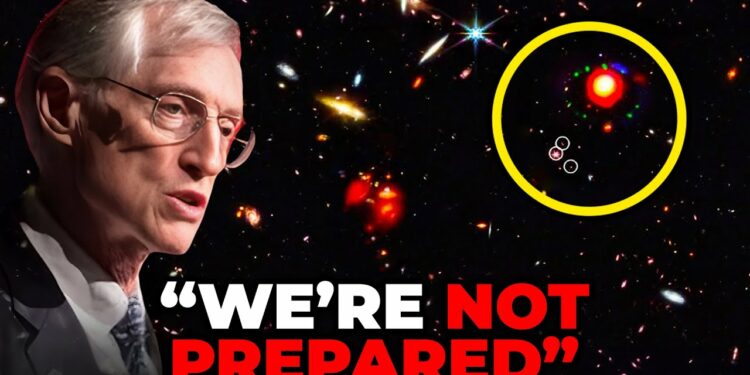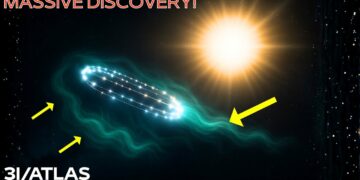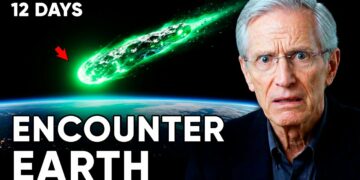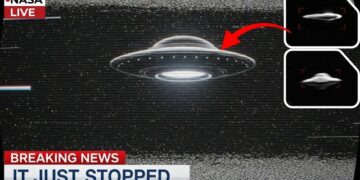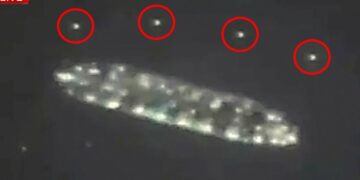The James Webb Space Telescope has unveiled a cosmic mystery that challenges our understanding of the universe. Designed to detect the first stars and galaxies formed in the early universe, it has instead revealed bright, massive galaxies existing just 200 to 400 million years after the Big Bang—far earlier than our models predict. These galaxies, fully formed and densely packed with stars, defy the expected timeline of cosmic evolution, which assumes galaxies should be small, dim, and chaotic in the universe’s infancy. Spectroscopic data confirms these objects are not nearby impostors but among the most distant galaxies ever observed, their light traveling over 13 billion years.
The discoveries strain the Lambda CDM model, the cornerstone of modern cosmology, which relies on cold dark matter and dark energy to explain galaxy formation and cosmic expansion. These early galaxies are too massive, too bright, and formed too quickly to fit the model’s timeline. To create such structures so soon, nearly all available matter from the Big Bang would need to convert into stars at an impossibly efficient rate, contradicting known processes. Some galaxies even appear to have turned all their gas into stars, leaving no raw material—a phenomenon unseen in modern galaxies.
These findings raise profound questions. Are these objects galaxies, or something entirely new, like massive star clusters, ancient quasars, or remnants of a pre-Big Bang universe? Their irregular shapes, lack of typical rotation, and extreme brightness suggest they may not fit our definition of galaxies, potentially upending our understanding of cosmic history. Some scientists propose radical ideas: a multiverse, variable laws of physics, or a Big Bang that was a phase shift rather than a beginning. Others suggest dark matter or quantum effects played unexpected roles.
The observable universe, spanning 92 billion light-years, is limited by the speed of light and cosmic expansion, with galaxies beyond the Hubble sphere moving away faster than light itself. Yet, the James Webb Telescope captures light from these distant realms, hinting at a universe that may extend infinitely. The Big Bang, an expansion of space everywhere at once, suggests no single origin point, complicating our concept of time and beginnings. If these early objects challenge our timeline, they may force us to rethink not just cosmology but reality itself.
With 87 such galaxies identified, the evidence is mounting. Each new image from the telescope deepens the enigma, suggesting our cosmic clock is broken. Scientists face a crossroads: tweak existing models or embrace a scientific revolution. The James Webb Telescope, meant to glimpse the universe’s first light, may instead be illuminating a deeper truth—one that could redefine our place in an infinite, mysterious cosmos. As we continue to probe, the universe’s secrets remain far from resolved, urging us to question everything we believe.

